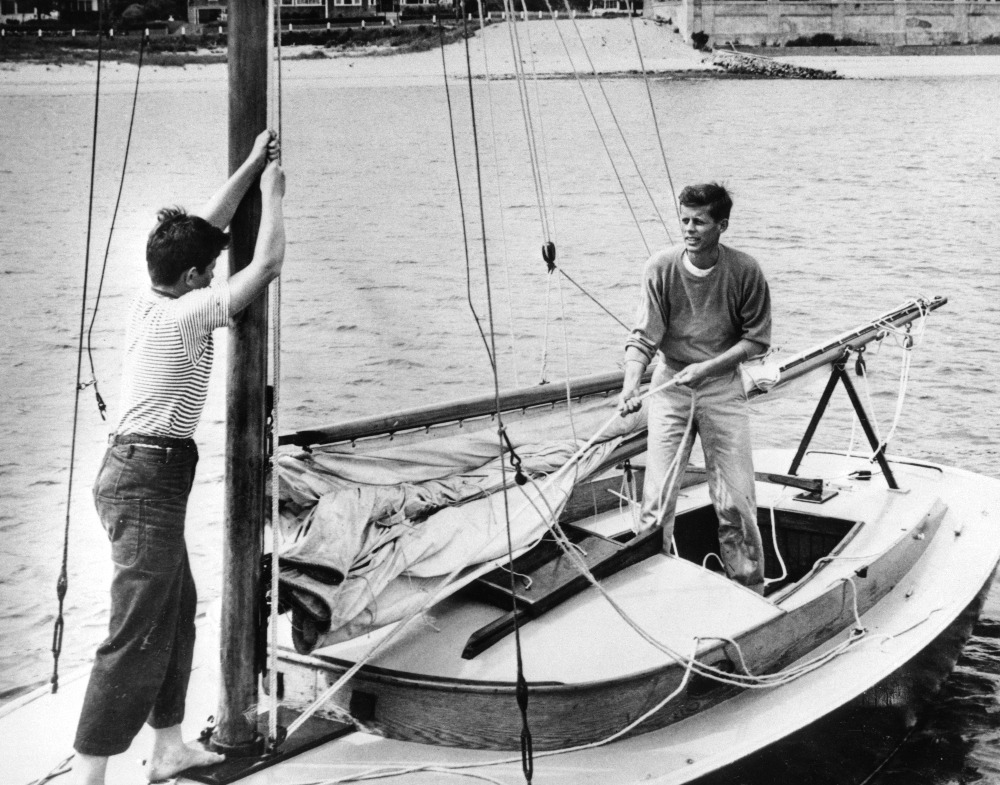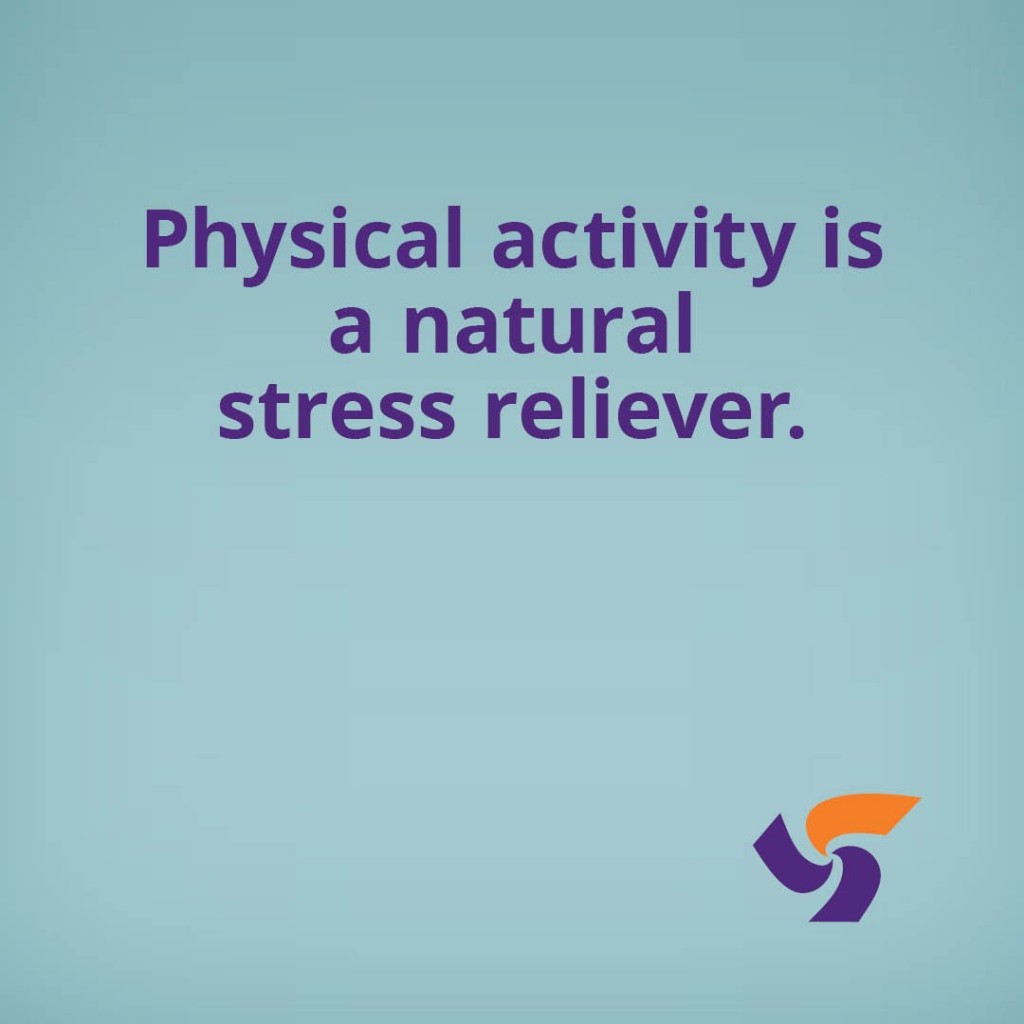The sport for all in Italy is now considered to be like the air for the prisoners, toreduce a bit the frustrations that plague us. So at school there are no more than two hours a week and the physical education teacher is the least considered in the class councils. Fortunately, there are parents who are willing to pay to ensure that their children are engaged in a club sport. Not to mention the adult to whom it has never been no policy to introduce them to an active approach to physical activity. It’s an old and repetitive speech that has returned to the fore at the conference organized by the Italian Olympic Committee and Istat on the theme “Sport in Italy – Numbers and Context 2014.” It was found that the sedentaries are more than 24 million, or nearly 42 % of Italians. Percentage who is an Everest to the South, 56.2%, while in the North down to 31.7% and Centre to 41%. To understand the dramatic nature of these data, I just remember that in Europe, the countries with higher practitioners, according to the Eurobarometer survey on sport and physical activity, are those of Northern Europe: Sweden, where 70% of people say to do gymnastics or sports at least once a week, they are just over Denmark (68%) and Finland (66%) followed by the Netherlands (58%) and Luxembourg (54%).
More than a quarter of European citizens don’t practice any king of physical exercise outside working hours. In Italy, this figure rises to 43%. The latest Eurostat statistics reveal this. According to this dataset, 28% of Europeans in 2017 did not do any kind of exercise in their free time.
Negative side of the list, there are Belgium, Bulgaria, Croatia, Cipro, Malta, Portugal, Romania, Italy and Hungary. Even if the sport as a physically active lifestyle, it’s not part of the Italian political agenda, however, we must move from mere complaint to concrete proposals. I refer to some among those made in the USA from 50 scientific associations:
- Public education programs to ensure that all Americans understand the benefits of healthy lifestyles and how to take advantage of the range of options open to them;
- Professional education so that health professionals consider physical activity a vital sign like blood pressure and cholesterol levels, to be monitored and tracked regularly;
- Electronic Medical Records that include fields for physical activity. As health provider systems convert to EMRs, they can easily begin to track exercise as a vital sign;
- Medical school curricula that give all physicians an adequate grounding in how to counsel patients on healthy lifestyles, and
- Increased opportunities for underserved populations to enjoy exercise and physical activity, by addressing disparities in the built environment, access to equipment and other barriers.









